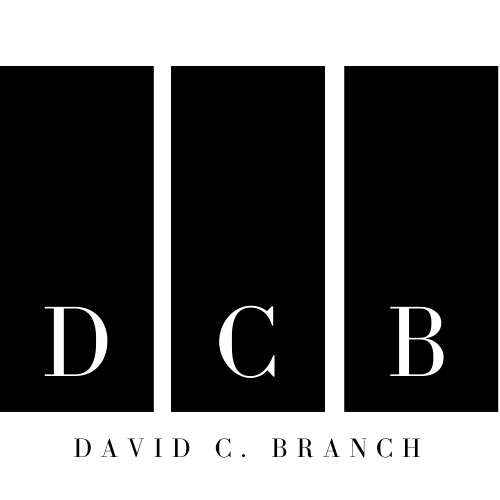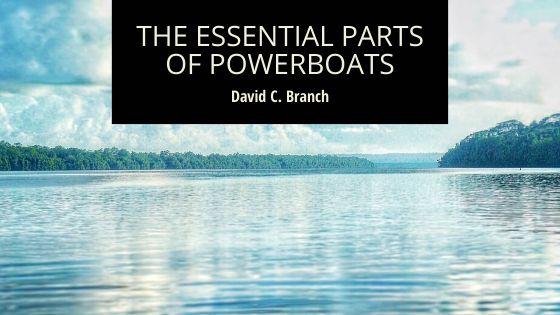Maybe the thrill of boat racing intrigues you, and you want to hit the water yourself. Before you find your first boat, it’s a good idea to educate yourself on the equipment your powerboat will need. You won’t be able to win (or even race well, for that matter) unless you have a solid understanding of how all the parts of your boat work together to propel you across the water. The following is a brief overview of the main parts of racing boats.
The Hull
The hull’s design plays an important role in the speed and safety of your boat. Many fast boats utilize a style of hull called a Hydro. The Hydro is designed so that most of the hull lifts out of the water, skimming the water’s surface at very high speeds. Hydro hulls are have points, or sponsons, located at the very front of the boat. These contribute to the hydroplaning effect that gives the boat its signature speed.
Propellers
Your propellers are another key element of your boat. Without the right propeller, you’ll have a hard time reaching the finish line. Most of the top propellers are made of stainless steel and consist of three or four blades. The more blades you have, the more they will reduce the boat’s vibrations. If you have a boat engine with lower horsepower, than you’ll want a propeller with fewer blades. Your blades should be as thin as possible without cracking. Your blades will go through a lot between the boat’s horsepower and torque. Make sure that they are always in excellent shape.
Engine
Powerboats usually have one of three main engines:
Inboard engines are located inside the boat’s hull, unlike outboard motors, which are located on the back of the boat. Inboard engines come in a variety of types, from two stroke and stock eight-cylinder. Inboard motors can either be stock engines or modified four-cylinder engines.
Outboard engines are detachable engines found on the stern of the boat’s hull. These engines are self-contained units containing both an engine and a gearbox. Some outboard racers compete in more than one class, and competitors can detach and replace motors as necessary for the class.
Unlimited hydroplanes use a single Lycoming T-55 L-7 turbine engine. These engines extremely heavy-duty, as demonstrated by the fact that they power the military’s Chinook helicopters. Unlimited hydroplanes run on Jet-A fuel and have the potential for 3000 HP.

